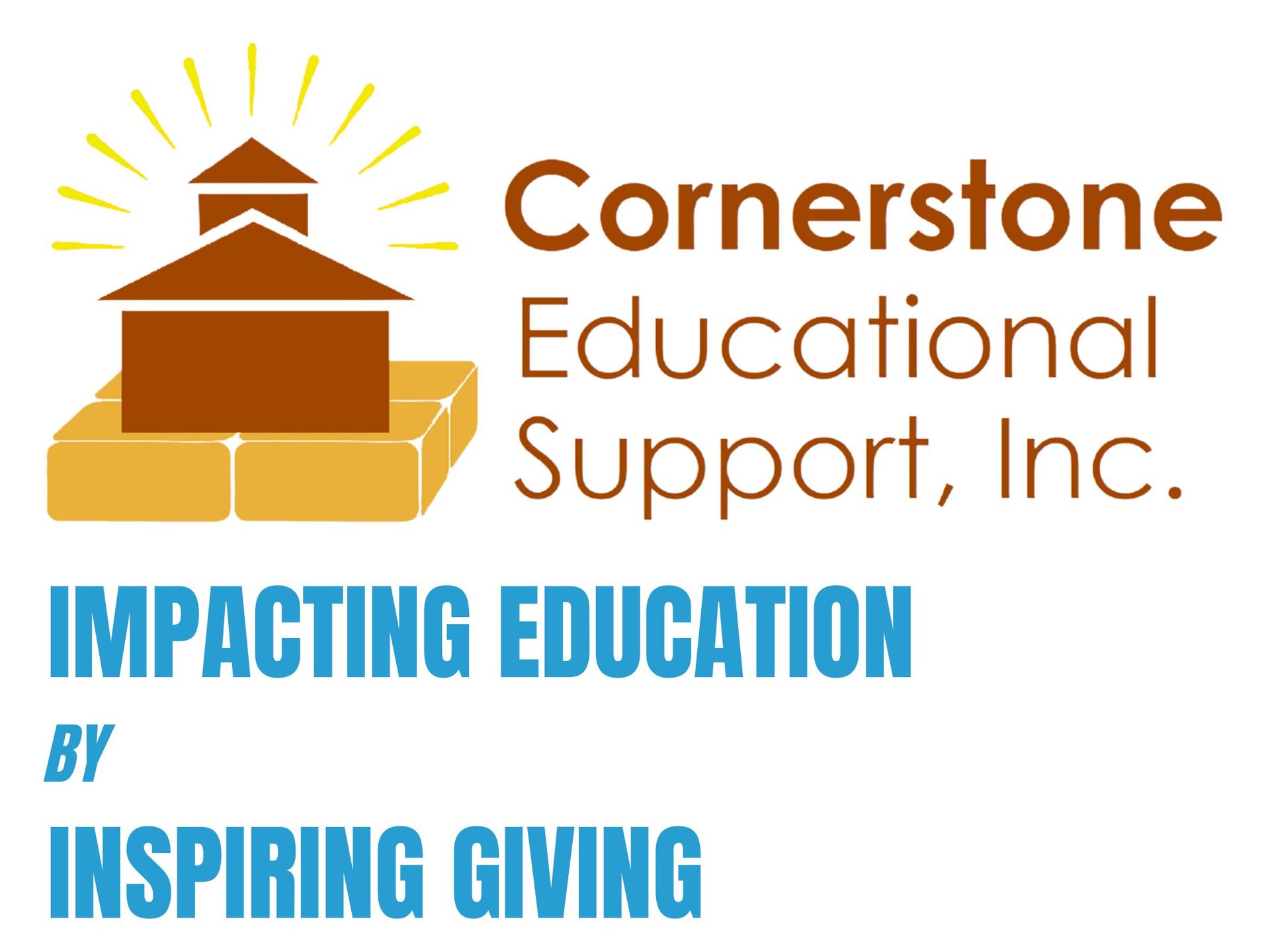The Crown Jewel of Giving: Joy
I read an inspirational story on Facebook the other day. It was supposedly written by Katharine Hepburn about a time when she was a young child. According to the story, Katharine and her father were in line to buy tickets to the circus. Ahead of them were two parents and their eight children. When it came time for the big family to pay, the man did not have enough money, leaving him in the awkward position of having to tell his family they could not go after all. As the story was told, Katharine's father did not want to embarrass the man in front of his own family by giving him a handout. Instead, Katharine’s father took his own $20 and dropped it on the ground near the man, then tapped him on the shoulder and pointed to the money, while encouraging the man to pick up the money that he appeared to have dropped. Understanding what Katharine's father had done and grateful for the kindness, the man picked up the money and was able to buy tickets for his family. Meanwhile, Katharine and her father got out of line and went home, as her own father had dropped his own ticket money to help that family.
It was certainly a feel-good story about the power of giving. In fact, Katharine purportedly ended her story by saying, “Although we didn't get to see the circus that night, we both felt a joy inside us that was far greater than [what] seeing the circus could ever provide. That day I learnt the value to give. The giver is bigger than the receiver. If you want to be large, larger than life, learn to give. Love has nothing to do with what you are expecting to get - only with what you are expecting to give - which is everything. The importance of giving [and] blessing others can never be over emphasized because there's always joy in giving. Learn to make someone happy by acts of giving."
Being the perpetual “Doubting Thomas” that I am when it comes to Facebook claims, I searched the real source of the story. Apparently, it has been making the rounds on Facebook since at least 2017 as being attributed to Katharine Hepburn. According to several veracity checkers, however, the real story originally appeared in 1995 as “The Circus” by Dan Clark in the book, A 2nd Helping of Chicken Soup for the Soul (stories compiled by Jack Canfield and Mark Victor Hansen).
I have a couple takeaways from this story. First, take what you read on Facebook with a grain of salt. Do your research. What a shame that someone felt the need to attach a celebrity’s name to a touching account of the value of giving to try to add power behind the story. The account was powerful enough on its own. Second, the untruth of the story’s authorship does not negate the truth of the power of giving. The sense of joy for the giver that comes with the giving of gifts is quite palpable.
The premise behind starting Cornerstone Educational Support, Inc. is "Impacting Education by Inspiring Giving." Yesterday, CES experienced great joy in presenting a letter to The Cornerstone Christian School, representative of an $8,000 computer upgrade grant being given to the school. In the words of Paul at Acts 20:35 (NIV), “…the Lord Jesus himself said, ‘It is more blessed to give than to receive.’” CES knows this to be true. Will you come alongside us in experiencing this same joy by helping to support our mission?

Big Dream Blog




